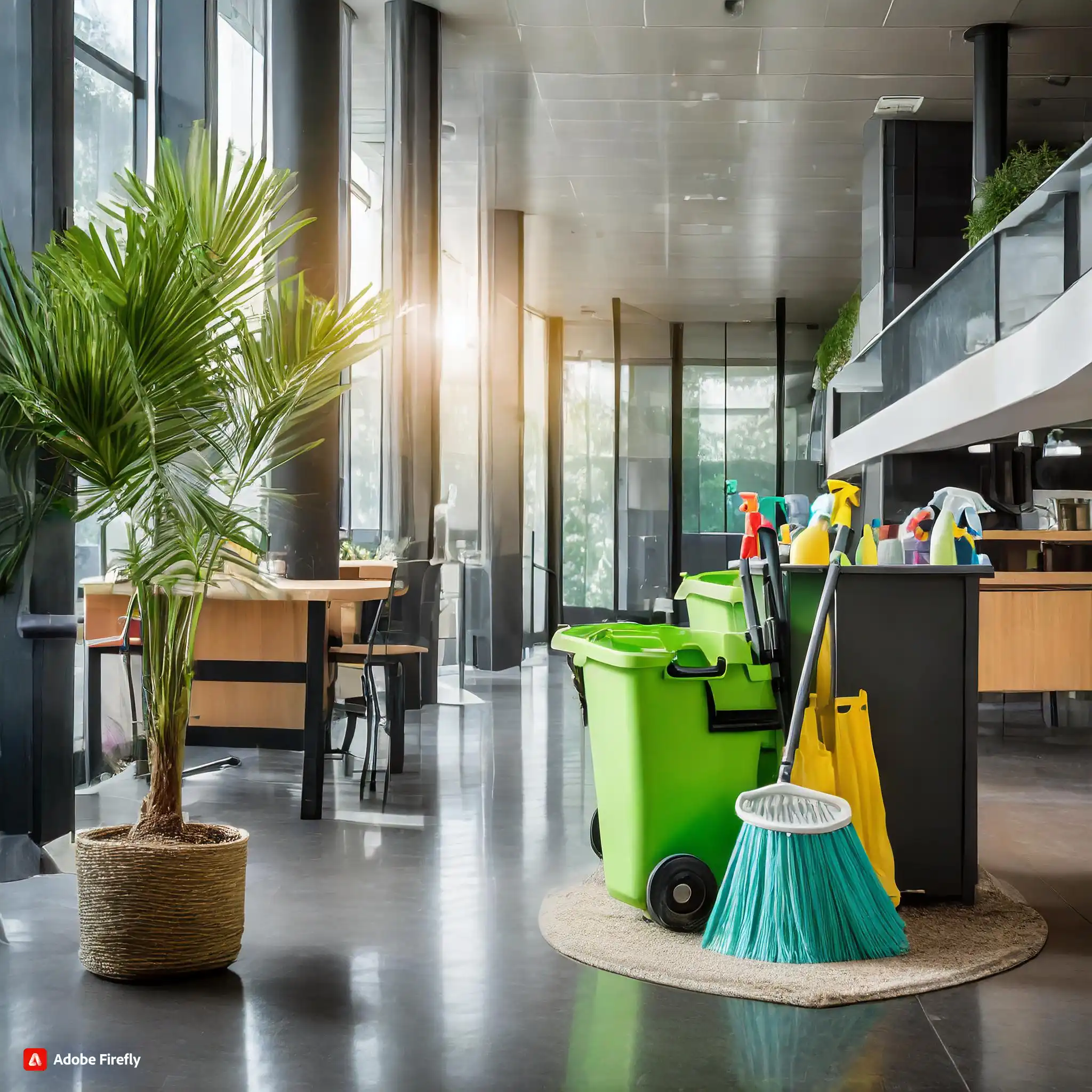General Cleaning
Tips to Prevent Quaternary Absorption and the Dangers of Quaternary Binding
Mastering Quaternary Disinfectant Cleaners: Tips and Insights
Understanding Quaternary Ammonium Chloride (Quat) Cleaners
Quaternary ammonium chloride (quat) is a potent active ingredient commonly found in disinfectants and cleaning products. Praised for its effectiveness against germs, bacteria, and viruses, quat disinfectant cleaners are favored for their relatively low toxicity, minimal odors, and extended shelf life.
The Menace of Quat Binding
Despite their advantages, quat disinfectants pose a significant challenge known as quat binding. This relatively recent and misunderstood issue can dramatically diminish the cleaning efficacy of quat disinfectants if not used correctly.
Decoding Quat Binding
Quat binding occurs when the positively charged ions of quats are attracted to and absorbed into fabrics and porous surfaces, substantially reducing their effectiveness. This phenomenon arises from the positive-negative charge interaction between quats and natural textiles like cotton.
Scientific Insights into Quat Binding
A study revealed that the quat level in a disinfectant, placed on a cotton cloth in a solution-filled pail, decreased by 50 percent after just 10 minutes. This implies that the applied solution may only contain half of the advertised parts per million (ppm) listed on the label.
Concerns from Experts and Medical Facilities
Infection prevention experts and medical facility directors express grave concerns about quat binding. J. Darrel Hicks, a certified expert trainer, highlights that when quat binding occurs, the disinfectant becomes off-label and violates federal law. This not only hinders pathogen elimination but may contribute to the creation of resistant microorganisms.
Awareness and Indifference
Despite the severity of quat binding, less than one-quarter of environmental services executives are aware of the problem. Some who are aware choose to ignore it, displaying indifference to the health of their staff and building occupants. This lack of recognition emphasizes the need for education and proactive measures.
Combatting Quat Binding: Application Methods
To mitigate quat binding, custodial executives must educate staff on various disinfecting techniques. Three common application methods include:
- Spray and Wipe Method: Directly applying disinfectant to surfaces eliminates the potential for quat binding but has downsides like overspray and inhalation risks.
- Dip and Wipe Method: Dipping a dry cloth into a disinfectant liquid can reduce quat binding initially, but absorption may occur over time.
- Soak and Wipe Method: Soaking cloths in a quat solution for a prolonged period raises concerns about the cloth absorbing quat from the entire solution bucket.
- The Invisible Threat: Quat Binding Detection. Quat binding is not visible to the naked eye, posing a challenge for users to identify when a disinfectant becomes ineffective. To address this, quat test strips can be employed to check for quat effectiveness.
- Choosing Wisely: Microfiber and Alternative Textiles
To prevent quat binding, evaluating cleaning tools is crucial. Quats and cotton are not compatible, making it essential to replace cotton mops and textiles with microfiber or micro denier alternatives. Microfiber, with minimal quat binding, emerges as a preferred cleaning tool.
Industry-Specific Challenges: Foodservice Focus
While quat binding has gained attention in healthcare, the foodservice industry faces its own set of challenges. Awareness of quat binding is crucial in foodservice, where cotton towels are prevalent. The financial and health consequences of contaminated food underscore the importance of addressing this issue.
pH Testing vs. Quat Testing
It’s vital to distinguish between pH testing and quat testing. While government regulations mandate pH testing in the foodservice industry, it does not directly impact quat binding. Workers in foodservice settings should follow proper policies and procedures, emphasizing education and a shift toward effective sanitization practices.
Collaborate for Solutions
Given the persistence of quat-based chemicals in various industries, the issue of quat binding will endure. Collaborating with experts to reassess chemical dilutions, textiles, and application methods can guarantee proper disinfecting and overcome the challenges associated with quat binding.
Contact us to discuss your situation. We can help you navigate the complexities of quat binding and optimize your cleaning strategies.

Learn with us
We Work Hard to Stay Ahead of the Curve in an Ever-Changing Industry
We offer an unparalleled commitment to excellence in commercial cleaning, providing continuous learning, access to the latest innovations, and a responsive approach to address evolving challenges, encouraging clients to engage in knowledge exchange and contribute to the facility's overall excellence.
